Do Cars Need to Get Out on the Highway
PART IV
[S 3173/2019 wef 01/12/2019]
[S 3173/2019 wef 01/12/2019]
46. Before you move off, look around, even though you may have looked in your mirror, to see that no one is about to overtake you. Give the proper signal before moving off, and only move off when you can do so safely and without inconvenience to other road users. Give way to passing and overtaking vehicles.
47. Do not exceed legal speed limits. Always obey the "Reduce Speed Now" sign.
48. Adjust your speed to the conditions of the road on which you are travelling. Such adjustment will enable you to stop in any emergency without skidding or losing control.
| (a) | entering a built-up area; |
| (b) | approaching a school or a bus with children alighting or boarding; |
| (c) | travelling on narrow, winding roads; |
| (d) | approaching children who are playing; or |
| (e) | approaching a bend, brow of a hill, or any other obstruction that limits his view. |
[S 1217/2018 wef 05/05/2018]
| (a) | you intend to overtake; |
| (b) | you intend to turn right; or |
| (c) | there is a bicycle lane, in which case, you should keep to the left-most vehicle lane. [S 1217/2018 wef 05/05/2018] |
51. You must not cross the centre line at bends, near the crest of a rise or anywhere else where you cannot clearly see the road ahead.
52. Where continuous double white lines are painted on a road to separate traffic flowing in opposite directions, you may not overtake at the double white lines unless you keep entirely to the left of such lines.
53. Never cross double white lines. Making a U-turn or a right turn is not allowed on a road where such lines are painted.
| |
[S 3173/2019 wef 01/12/2019]
56. In traffic hold-ups, do not "jump the queue".
57. Well before you reach a junction, make sure that you are in the appropriate lane.
58. On a two-lane carriageway, keep to the left-hand lane except when overtaking.
59. On a three-lane carriageway, you may keep to the central lane when the left-hand lane is occupied by slower moving vehicles. The outer (right-hand) lane is for overtaking only; do not stay in it longer than necessary after overtaking vehicles in the centre lane.
60. Never overtake unless you can do so without danger to yourself or others. Be specially careful at night, and in heavy rain and mist, as it is more difficult to judge speed and distance at such times.
| (a) | when the driver in front has signalled his intention to turn right, in which case you can overtake him on his left; |
| (b) | when you are filtering to the left before a junction; or |
| (c) | when there is slow-moving congested traffic and the vehicles on your right are moving more slowly than your vehicle. |
62. Return to the appropriate lane on the road as soon as practicable after overtaking, but do not cut in sharply in front of the vehicle you have just overtaken.
| (a) | a pedestrian crossing; |
| (b) | a road junction; |
| (c) | a corner or bend; |
| (d) | the brow of a hill; or |
| (e) | a double white line. |
| (a) | where the road narrows; |
| (b) | if it would force another vehicle to swerve or reduce speed; or |
| (c) | if in doubt. |
65. When being overtaken, never increase speed to prevent another driver from passing.
66. Do not make a U-turn at any road intersection, junction or any opening in a road divider unless permitted to do so by a traffic sign.
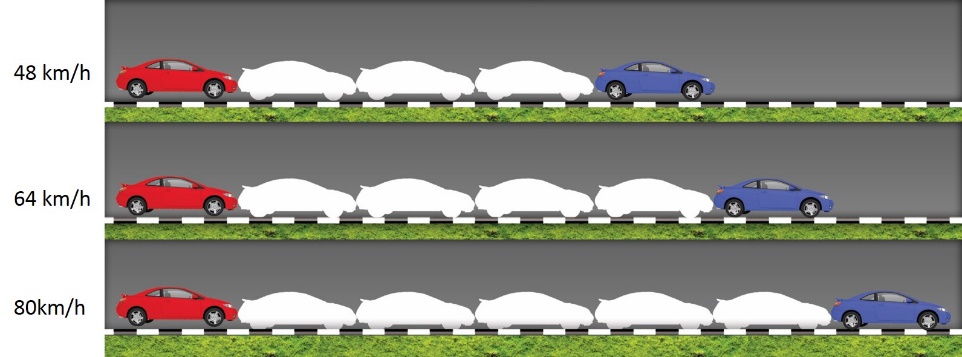
[S 3173/2019 wef 01/12/2019]
68. Watch for the stop light on the car in front and the traffic ahead of the car in front.
Speed and Stopping Distances
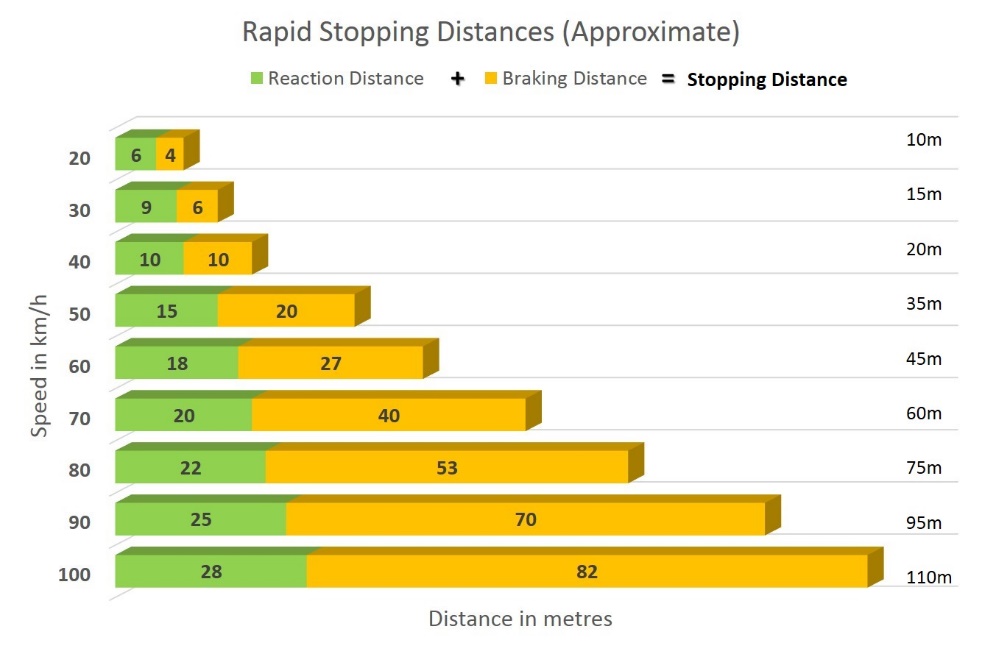
[S 3173/2019 wef 01/12/2019]
69A. When approaching a junction, you must observe the following:
70. When approaching a junction with a major road, slow down gradually and give way to traffic on the major road. Where there is a "STOP" sign, stop at the major road.
[S 3173/2019 wef 01/12/2019]
[S 3173/2019 wef 01/12/2019]
[S 3173/2019 wef 01/12/2019]
74. If you intend to turn left, keep to the left, signal in good time, and do not swing out to the right either before or after making the turn.
75. When turning left or right, drivers must always give way to vehicles going straight on and to pedestrians.
| | ||
| Remember — you must always give way to traffic approaching from your right. The general rule is that — | ||
| ||
| ||
|
If, however, you find your correct lane overcrowded, you may use another lane to reach your destination: Provided that —
| (a) | you give clear signals showing your intention in good time; |
| (b) | you obey the right-hand rule; |
| (c) | you do not inconvenience other drivers; |
| (d) | you use your mirror intelligently to see that you do not obstruct the path of vehicles behind you. |
Safety of Pedestrians, Pedal Cyclists, etc.
[S 244/2019 wef 01/02/2019]
78. When approaching a pedestrian crossing slow down and do not overtake other vehicles.
| (a) | be ready to slow down or stop so as to give way to pedestrians, pedal cyclists, riders of power-assisted bicycles or personal mobility devices, and drivers of mobility scooters or motorised wheelchairs; [S 244/2019 wef 01/02/2019] |
| (b) | signal to other drivers your intention to slow down or stop; and |
| (c) | allow yourself more time to stop when road is wet. |
[S 244/2019 wef 01/02/2019]
81. When a school patrol sign is extended at a pedestrian crossing, vehicles travelling in both directions must stop and remain stationary until the whole crossing is clear and the sign has been removed.
[S 244/2019 wef 01/02/2019]
| (a) | watch out for pedestrians, pedal cyclists, riders of power‑assisted bicycles or personal mobility devices, and drivers of mobility scooters or motorised wheelchairs, regardless of whether they are allowed on the road; |
| (b) | keep a safe distance when driving behind them; and |
| (c) | allow a margin of safety when passing them. [S 3173/2019 wef 01/12/2019] |
84. Before you reverse make sure that there are no children or other pedestrians or obstructions in the blind area behind you.
85. Do not reverse from a side road onto a main road.
86. If your view to the rear is restricted, get help when reversing.
[S 3173/2019 wef 01/12/2019]
| (a) | look into your mirror (if you are a motor-cyclist glance to the side or behind); |
| (b) | make sure that it is safe; and |
| (c) | give a clear signal to indicate that you intend to do so. |
89. Everytime you intend to turn, stop or slow down, give the correct signal. Signal in good time and maintain the signal long enough to enable others to anticipate your movement. Make sure that your direction indicator gives the signal intended, and that it is cancelled immediately after use.
90. Hand signals are given not only for the benefit of following traffic but also for oncoming traffic, traffic waiting in side streets and pedestrians. Most cars today have signalling devices but in broad daylight hand signalling is more readily seen and understood. Do not allow passengers to give hand signals. See that children do not hold their arms or dangle toys out of the windows of the car, for their arms or toys may be mistaken for hand signals. It is also dangerous for children to do this.
| (a) | at a bend, the brow of a hill or a bridge; | ||||||
| (b) | on a footway or cycle track; | ||||||
| (c) | near traffic lights or pedestrian crossings; | ||||||
| (d) | on a main road or on a road carrying fast-moving traffic; | ||||||
| (e) | opposite or nearly opposite another stationary vehicle across the road, opposite a refuge or other obstruction (e.g. road repairs); | ||||||
| (f) | abreast of another vehicle; | ||||||
| (g) | opposite a continuous white line, double white lines or any other traffic sign prohibiting parking; | ||||||
| (h) | near any road side on which a single yellow line (from 7.00 a.m. to 7.00 p.m.) or double yellow lines are painted; | ||||||
| (i) | within —
| ||||||
| (ia) | where it will obscure a traffic sign or obstruct any entrance; [S 3173/2019 wef 01/12/2019] | ||||||
| (j) | facing oncoming traffic; | ||||||
| (k) | on any slip road or filter lane; | ||||||
| (l) | on a fly-over, underpass or the ramps leading to any fly-over or underpass; | ||||||
| (m) | on the grass verge of a road; | ||||||
| (n) | in any bus lane; or | ||||||
| (o) | at any designated taxi stop. |
92. Before opening the door of a vehicle make sure that it will not endanger or inconvenience anybody on the road or footpath. Get out on the side nearest to the kerb whenever it is possible.
93. When you have to stop, pull in as close as possible to the edge of the road. This applies especially to drivers of buses when setting down or picking up passengers.
94. Do remember that you are not allowed to leave any broken-down or wrecked vehicle on any public road. If your vehicle breaks down on the road, push it into a break down bay if there is one, otherwise push it as close to the side of the road as possible and arrange for it to be towed away immediately so as not to cause obstruction to the free flow of traffic.
[S 3173/2019 wef 01/12/2019]
96. Use dipped headlights at night in built-up areas where the street lighting is poor, or during rainy weather.
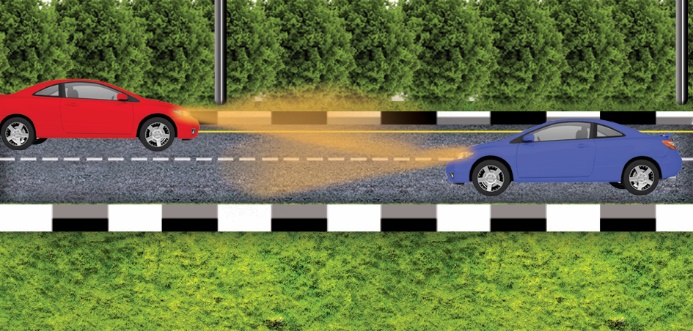
[S 3173/2019 wef 01/12/2019]
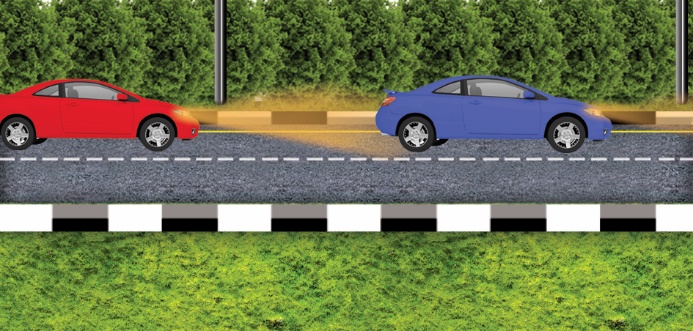
[S 3173/2019 wef 01/12/2019]
99. In daytime whenever visibility is poor or if it is raining switch on your lights. This will enable other road users to see you.
100. It is advisable when parking in unlit or poorly lit roads at night to leave your side or parking lights on.
| (a) | keep such vehicles to the road or vehicle speed limit (whichever is lower); and |
| (b) | travel on the extreme left lane of the road (except for bus lanes during their operating hours) to allow faster vehicles to overtake on the right. [S 3173/2019 wef 01/12/2019] |
[S 3173/2019 wef 01/12/2019]
[S 3173/2019 wef 01/12/2019]
[S 3173/2019 wef 01/12/2019]
| ||
| ||
| ||
|
[S 3173/2019 wef 01/12/2019]
[S 3173/2019 wef 01/12/2019]
| (a) | Stay calm and check the direction of the oncoming emergency vehicle. |
| (b) | Give way by signalling early and filter towards the left if it is safe to do so. Do not wait until the last minute to do so. |
| (c) | If you are unable to filter to the left safely, slow down to let the emergency vehicle overtake you. |
| (d) | Do not speed up to block an overtaking emergency vehicle or try to overtake or tailgate an emergency vehicle as this can put yourself and other road users in danger. |
| (e) | Do not break the law to give way to an emergency vehicle (e.g. by driving through a red light). [S 3173/2019 wef 01/12/2019] |
[S 3173/2019 wef 01/12/2019]
[S 3173/2019 wef 01/12/2019]
[S 3173/2019 wef 01/12/2019]
Do Cars Need to Get Out on the Highway
Source: https://sso.agc.gov.sg/SL/RTA1961-R11?ProvIds=P1IV-
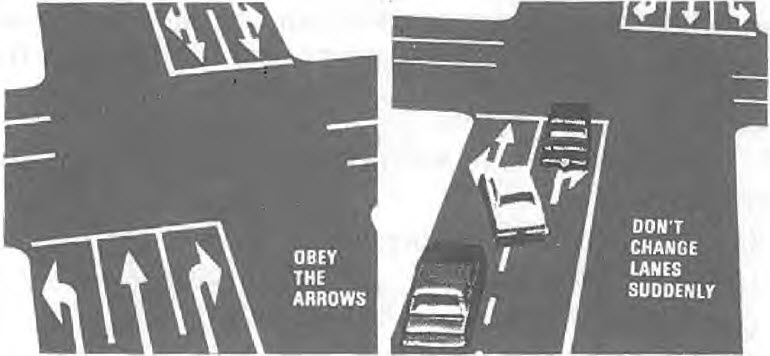
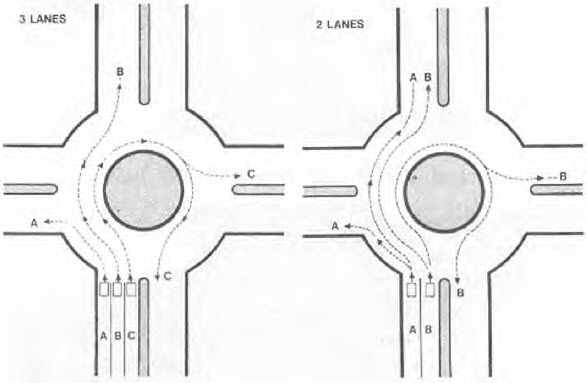
0 Response to "Do Cars Need to Get Out on the Highway"
Post a Comment